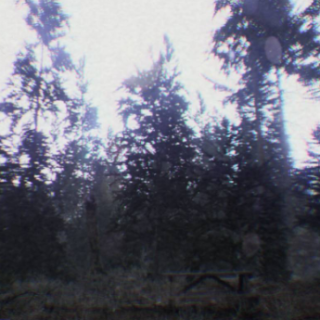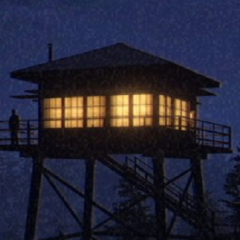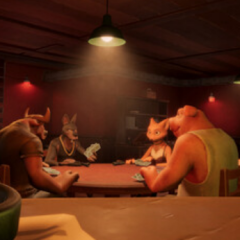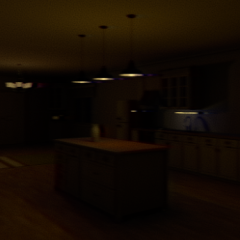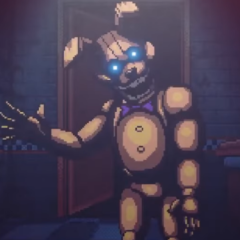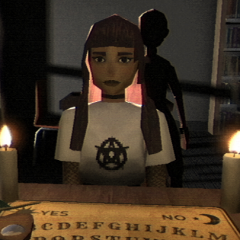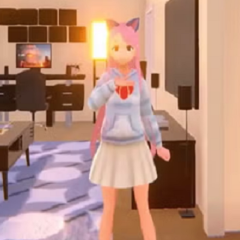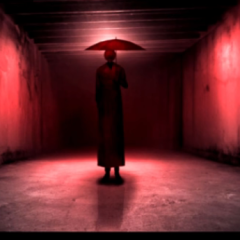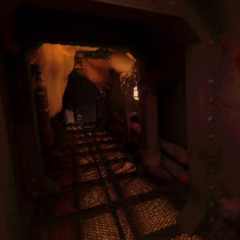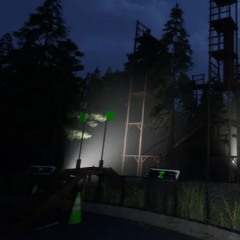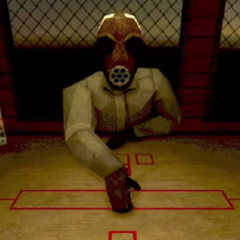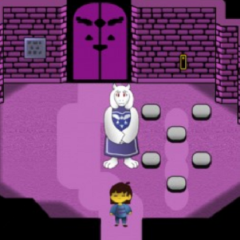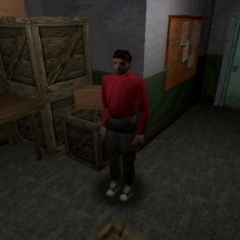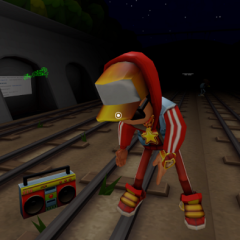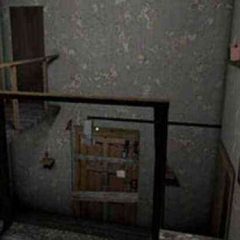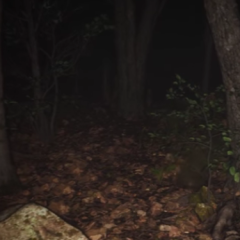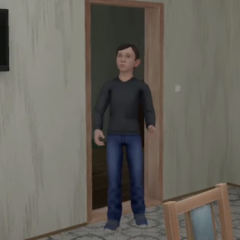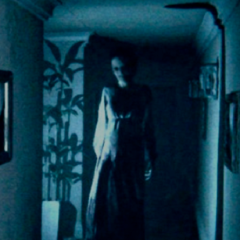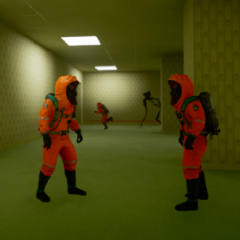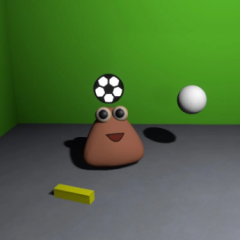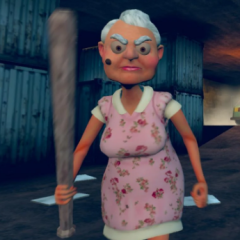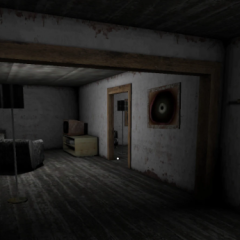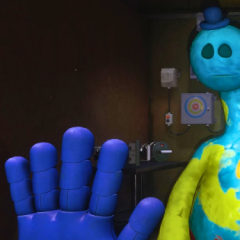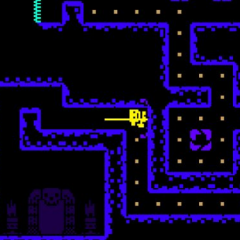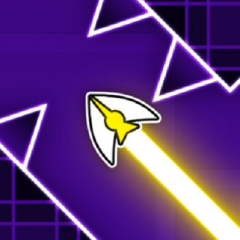Don’t Scream
Don’t Scream is a first-person horror game that uses a microphone to monitor the player’s vocal reactions. The objective is to survive a night in a haunted forest without making a sound. If the player screams, gasps, or even speaks too loudly, the game restarts from the beginning. This creates a tense experience where staying silent becomes part of the gameplay. The setting is inspired by camcorder footage, with visual effects that replicate handheld recording equipment from the 1990s.
Movement and Time Progression
One of the game’s core mechanics is tied to movement. Time in Don’t Scream only advances when the player walks. Standing still freezes the clock, but staying in one place too long increases the chance of being discovered by lurking threats. This creates a strategic rhythm between pausing for safety and moving to progress. The forest changes over time, revealing new dangers and clues with each step forward. This mechanic ensures that no two runs feel the same.
Interactive Elements and Environmental Pressure
Throughout the forest, players must gather items and avoid encounters while maintaining composure. Batteries are required to keep the camcorder active, and failing to find them results in lost visuals and a forced reset. Relics are scattered in hard-to-reach areas and offer hints about the setting’s history. The forest also hides unpredictable threats that chase or observe silently. The dynamic scare system ensures encounters are never placed in the same locations across runs.
Important gameplay elements include:
· Speaking or screaming into the microphone resets progress
· Time moves only when the player walks
· Batteries are essential to keep recording
· Relics unlock fragments of hidden story
· Randomized scare placement increases unpredictability
Replayability and Audio Sensitivity
Don’t Scream emphasizes replayability through procedural scares and exploration-based progress. Players are encouraged to attempt multiple runs, each offering different patterns of fear and discovery. The microphone input remains active at all times, capturing even the smallest sound as a potential failure. This adds a layer of pressure that connects the player’s physical reactions to the virtual world. The reliance on real-life behavior gives each session a personal challenge that can’t be bypassed by conventional in-game solutions.
The experience is designed to be short but intense. With each attempt, players learn more about the forest’s structure, the placement of key items, and how to manage their fear response. Don’t Scream is structured to turn silence into strategy and hesitation into survival. The result is a focused horror experience that uses minimal input and maximum suspense to deliver something different each time.
